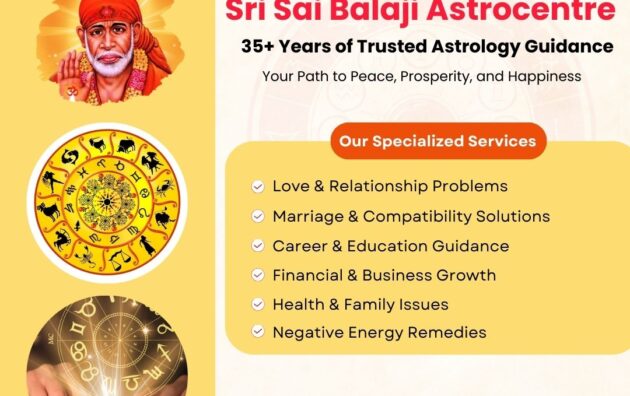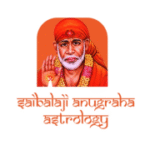
Best Astrology Services in Bangalore and BTM Layout | Bestastrologersinbangalore.com
Listing Description
Looking for clarity, direction, or a deeper insight into your life’s purpose? Look no further than Shirdi Sai Krupa, a trusted and renowned astrologer in Bangalore.
About Us:
Shirdi Sai Krupa, renowned as the best astrologer in Bangalore offers an extensive array of personalized astrological services designed to illuminate your path to a brighter future. Whether you seek accurate future predictions, effective remedies for marital challenges, or insightful guidance for career and financial matters, Shirdi Sai Krupa provides expert solutions tailored to your unique needs. Discover the transformative impact of astrology and unlock your true potential with our trusted, compassionate guidance.
Our Services:
- Future Predictions
- Financial Challenges
- Career Problems
- Husband and Wife Issues
- Relationship Issues
- Marriage Problems
Why choose Shirdi Sai Krupa Astrologer?
- Personalized Insights: Receive customized horoscopes that reveal your personality traits, strengths, and life path.
- Expert Analysis: Benefit from detailed birth chart analysis to uncover life’s hidden influences.
- Relationship and Marriage Guidance: Obtain accurate compatibility matching and relationship advice.
- Career and Financial Counseling: Make informed decisions with our career and financial predictions.
- Proven Expertise: Join numerous satisfied clients who have experienced transformative insights through our services.
Contact Us:
Ready to unlock the secrets of your future? Contact Shirdi Sai Krupa Astrologer today for a consultation and experience the best astrology services in Bangalore and BTM Layout.
Call for Consult: +91 74113 18528
Visit Our Website: https://bestastrologersinbangalore.com/









